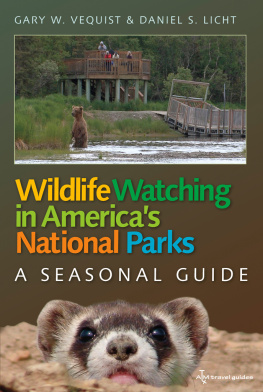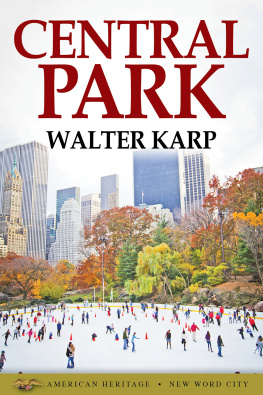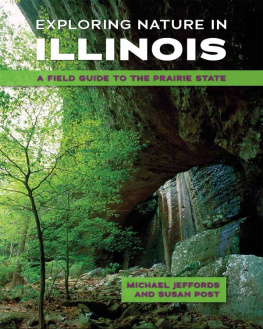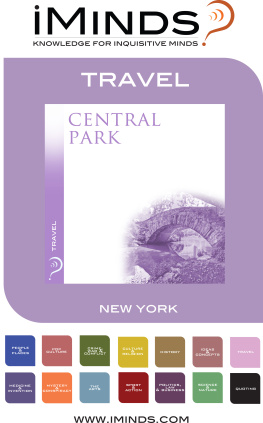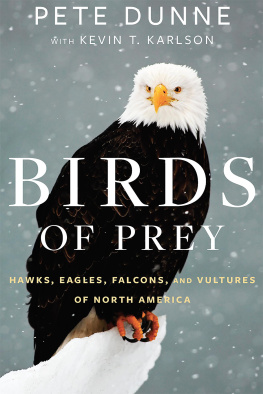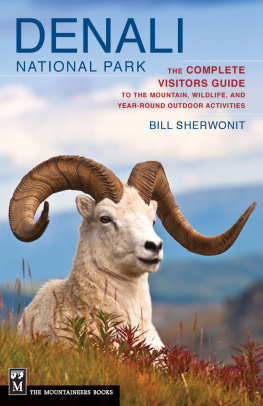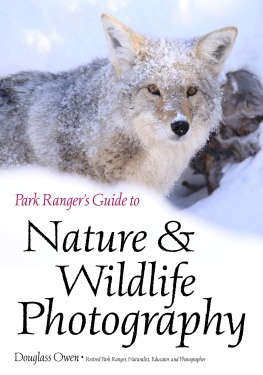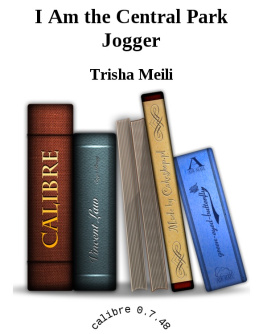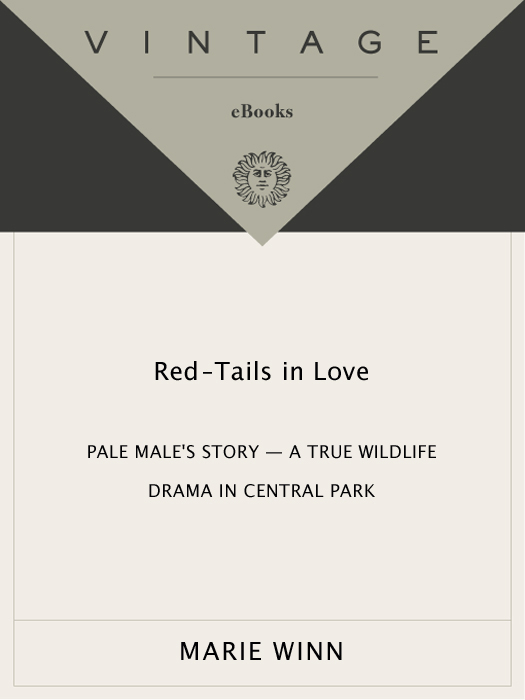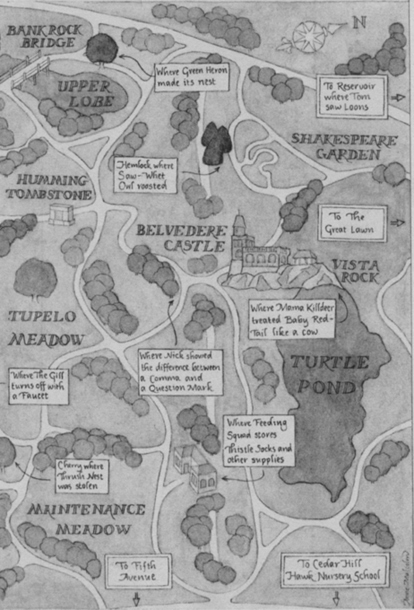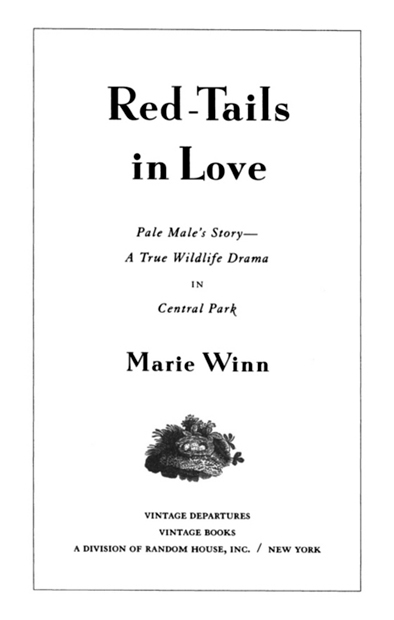Engaging Dr. Zhivago with feathers. That such simple pleasures can be savored today, in the heart of frantic New York City, is a bit of a miracle.
Give your heart to the hawks, the poet Robinson Jeffers wrote. Marie Winn certainly has, and so will readers of this delightful book.
A delightful account of how nature flourishes in the most unlikely of places. [Winns] infectious enthusiasm for all things feathered makes every warbler, owl, or starling dear.
Engaging and exciting. If it seems difficult to imagine much drama in the daily rounds of a birdwatcher, well, you havent yet read this book.
A delightful? read, blessed with a lovable cast of characters, feathered and otherwise.
This book has a rare charm, beguiling the innocent reader who thinks its about birdwatching into a wonderland of many levels.

Marie Winn
Red-Tails in Love
Marie Winn wrote a column on nature and birdwatching for The Wall Street Journal for twelve years. Among her previous books are The Plug-In Drug: Television, Computers and Family Life (twenty-fifth anniversary edition 2003), and Children Without Childhood. Married to the filmmaker and palindromist Allan Miller, she spends part of every day in Central Park. For more information and for frequent updates on Central Park nature happenings, see www.mariewinn.com.
SECOND VINTAGE DEPARTURES EDITION, APRIL 2005
Copyright1998, 1999, 2005 by Marie Winn
All rights reserved under International and Pan-American Copyright
Conventions. Published in the United States by Vintage Books, a
division of Random House, Inc., New York, and simultaneously in
Canada by Random House of Canada Limited, Toronto. Originally
published in hardcover in the United States by Pantheon Books,
a division of Random House, Inc., New York, in 1998.
Portions of this work were originally published in somewhat
different form in Smithsonian magazine and The Wall Street Journal.
Vintage Books, Vintage Departures, and colophon
are trademarks of Random House, Inc.
The Library of Congress has cataloged the Pantheon edition as follows:
Winn, Marie.
Red-tails in love : a wildlife drama in Central Park / Marie Winn.
p. cm.
eISBN: 978-0-307-78789-7
1. Bird watchingNew York (State)New York.
2. Red-tailed hawkNew York (State)New York.
3. Central Park (New York, N.Y.)
I. Title.
QL684.N7W55 1998
598.072347471dc21 97-28417
Author photograph Charles Kennedy
Endpapers map by Anne Malcolm
Map copyright1998 by David Lindroth, Inc.
www.vintagebooks.com
v3.1
for Joe
Contents

In which we find the Bird Register, meet the Regulars, andget lost in the woods. A wood thrush sings in the Ramble.
In which we meet Pale Male, a precocious young hawk. He woos and wins his first love. An unlucky pair of Baltimore orioles start a family. Winter comes, we feed the birds, and answer Holden Caulfields question
In which a dark beauty appears and wins a hawks heart. A nest is discovered and Starr is struck speechless. Anxiety at the hawk bench, then lunacy at the Reservoir. An egg is analyzed and a party is held.
In which the green herons raise a family and the hawkwatchers break for fall and winter. We go hawkwatching with Sharon, and Christmas-Counting with Tom. A saw-whet yields its secrets. Saying goodnight to a woodpecker.
In which Special Agent Kevin Garlick issues a warning, and a hawk with a silvery band appears. Telescopes sprout like mushrooms, and epic madness takes over. We go hawk-gazing and Chocolate takes a trip to Jersey
ACT IV The Queen Is Dead,
Long Live the Queen
In which the hawkwatchers face trouble in Paradise. Owlsinvade the park and the hawks rise above it.
In which a baby hawk is hungry and an angry mothertreats him like a cow.

Our own absence, the only certain thing
before we came into this world, or after our death.
Hence the pleasure of recognizing the infinite variety
of what is other than us
ITALO CALVINO
A Note about Nomenclature
Standard dictionaries spell the names of all birds from auks to whip-poor-wills with lower-case letters, while the American Ornithologists Union, an authority scientists and serious birdwatchers follow, requires that bird names be capitalized.
There are good reasons behind the AOUs policy. Many bird names include words that describe salient features of that speciesthe yellow warbler, for example. When the name is spelled in lower-case letters, the reader cannot be sure whether it refers to a specific warbler of the species Dendroica petechia or an unidentified little bird that happens to be yellow. Calling it a Yellow Warbler solves the problem.
Yet its hard to read a story when each page is interrupted by great numbers of capitalized words. For this reason (with apologies to the AOU and to punctilious birdwatchers), I decided to go with the dictionary. Whenever confusion threatens as a result of lowercase spelling (as in the story of the gray gull on ), I throw in the birds taxonomic designation to make my meaning clear.
This book tells the story of six years in Central Park I spent with a faithful band of birdwatchers and nature loversthe Regulars. It is about the park and its wildlifeand a pair of hawks that captured our hearts.
I say the story went on for six years, because thats when I stopped to write it all down. But the story hadnt really ended then, only one exciting part of it. Its still going on as I write and may go on forever. You can go to Central Park and see for yourself.


